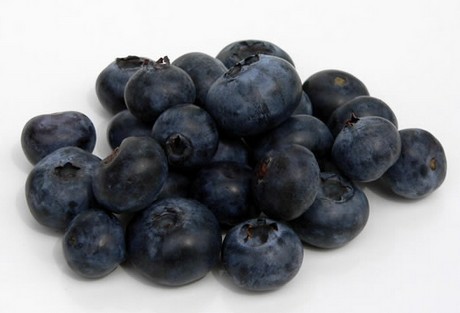 es exported to the United States must undergo cold treatment in transit, said specialist Orlando Dolores Salas from Senasa's Plant Quarantine Branch.
es exported to the United States must undergo cold treatment in transit, said specialist Orlando Dolores Salas from Senasa's Plant Quarantine Branch.In this regard, he pointed out that this was necessary because Peru wasn't free from the presence of the (Anastrepha spp. and Ceratitis capitata species) fruit fly. Thus, USDA-APHIS established the cold treatment in transit as mandatory.
He explained that, as science had proved, cold treatment eliminated the immature stages of the pest by subjecting the fruit to a cool and constant temperature for a period of time.
The fruit undergoes the treatment in containers approved by USDA -APHIS and that are in charge of inspectors from SENASA. The cold treatment can also be performed in refrigerated ships and in cold storage warehouses.
Dolores said that, throughout the treatment, three sensors were placed in the fruit's pulp, and that these sensors were connected to a recorder that stored the temperature readings from the pulp of the fruit during transit.
He said the sensors were located in different parts of the container as well as in the hottest pallets. The fruit must be loaded into the container at approximately 0.5°C to prevent if from heating up.
"Once the container is loaded, and it has been verified that the temperatures are stable and do not exceed the treatment, the container is sealed with a stamp from SENASA. SENASA's authorized inspector also records information in the USDA-APHIS' 556 system," he explained.
"In the port of entry the USDA inspector checks the seal, the data in the 556 system and downloads the recorder's information. If the temperatures haven't exceeded the processing temperatures set for the corresponding time period, they allow the container to enter the U.S.," he said.
On the other hand, he said, if the cold treatment wasn't complete or failed, the shipment is sent to a port where the treatment can be completed or to ports located above 39° north latitude.





